Introduction
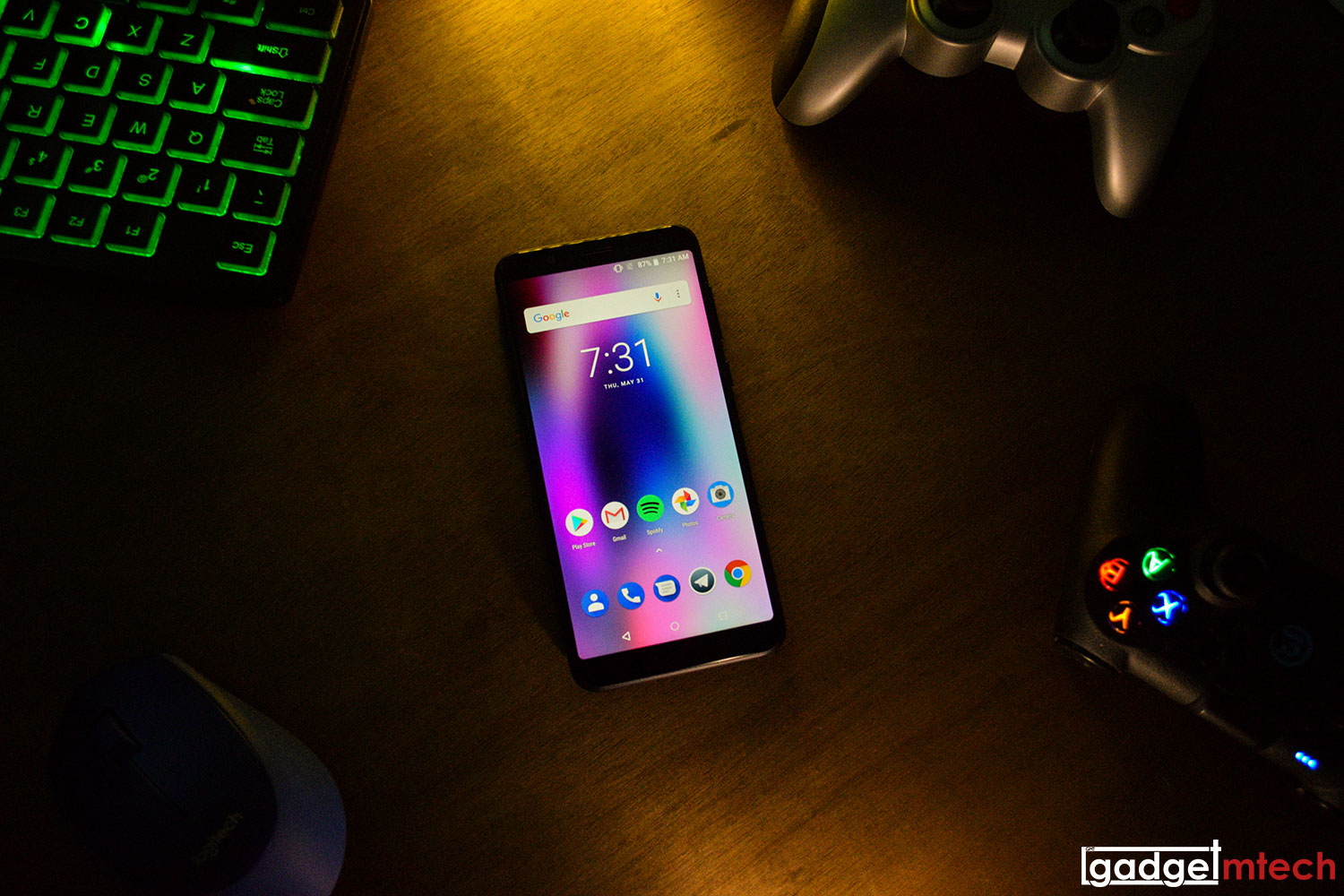
Not long ago, we actually unboxed the ASUS ZenFone Max Pro (M1) and had a quick hands-on. Well, the wait is over! After using the phone as my daily driver for more than a week, it’s time to give it a full review treatment. Without further ado, this is the ASUS ZenFone Max Pro (M1) review!
ICYMI: ASUS ZenFone Max Pro (M1) Unboxing and First Look
Simple Design
For sure, the ZenFone Max Pro (M1) is not the most beautiful smartphone in the market right now. However, it is still an okay looking smartphone. The front of the phone is all about the 6-inch Full View 18:9 display. On top the display, you’ll see a front camera, notification light, earpiece, and light sensor. I’m not really a fan of the earpiece design as after using it for a long time there will be dust and lint gathered on it, which means you have to clean it if you are an OCD person like me.
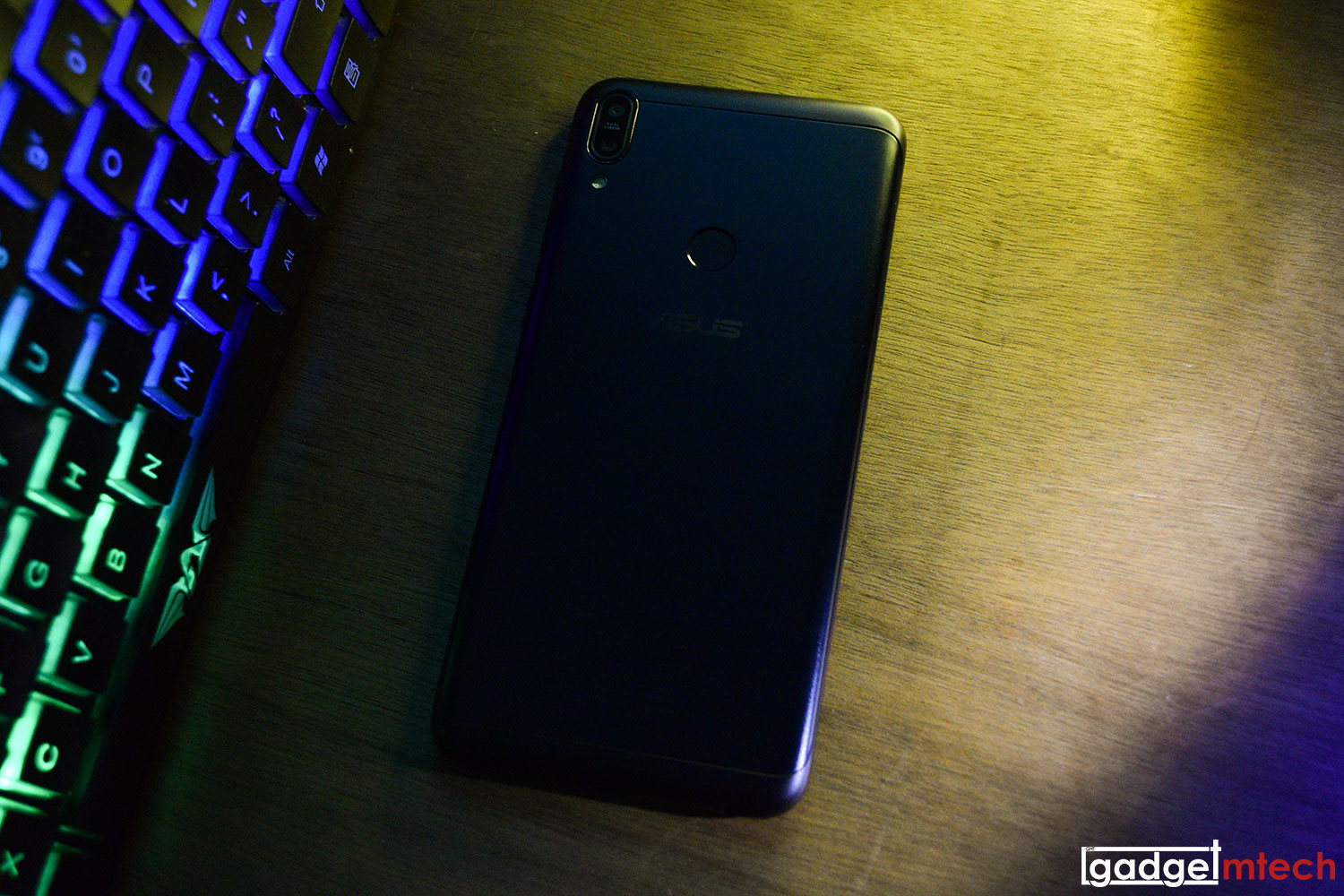
Turning to the back of the phone, you’ll see the dual-camera is placed vertically. The fingerprint sensor is located at the right place where your finger will naturally rest when attempting to unlock your phone. One thing though, I find that its fingerprint sensor unlocking speed isn’t as fast as other phones. Not slow, but definitely you can feel the difference in speed. Additionally, the phone also comes with face unlock feature, which is also slower than its competitors.
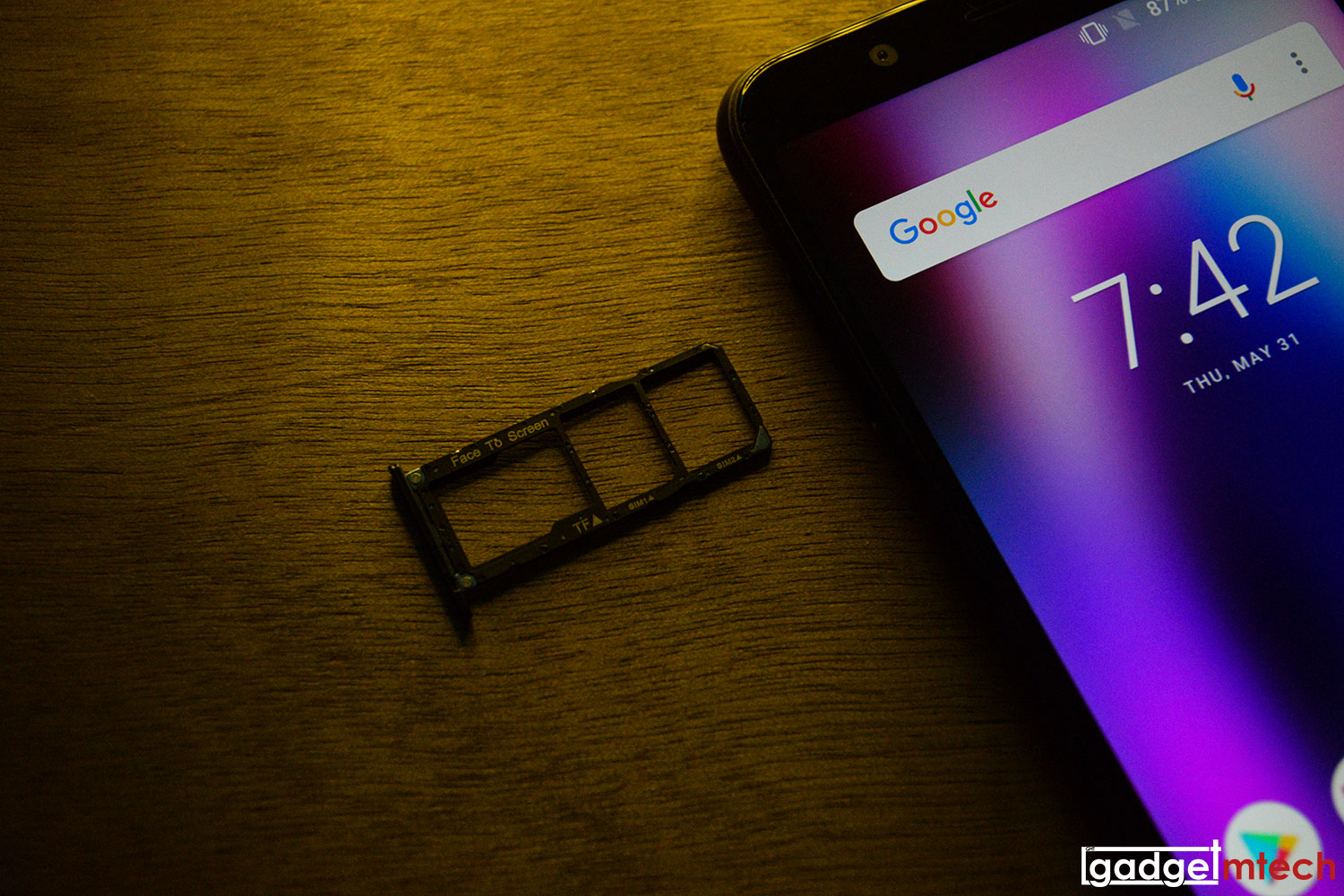
The left side of the phone is where you can access the triple-card slot — two SIM slots + one MicroSD card slot. It’s really a good feature since most flagships nowadays only offer the hybrid SIM slot — primary slot for SIM card and the second slot for either SIM card or MicroSD card. Sometimes people just want to have two SIM cards on the phone and able to expand storage via MicroSD card at the same time. One tiny detail about the tray is it actually shows you which part to face the screen, in case you got confused.
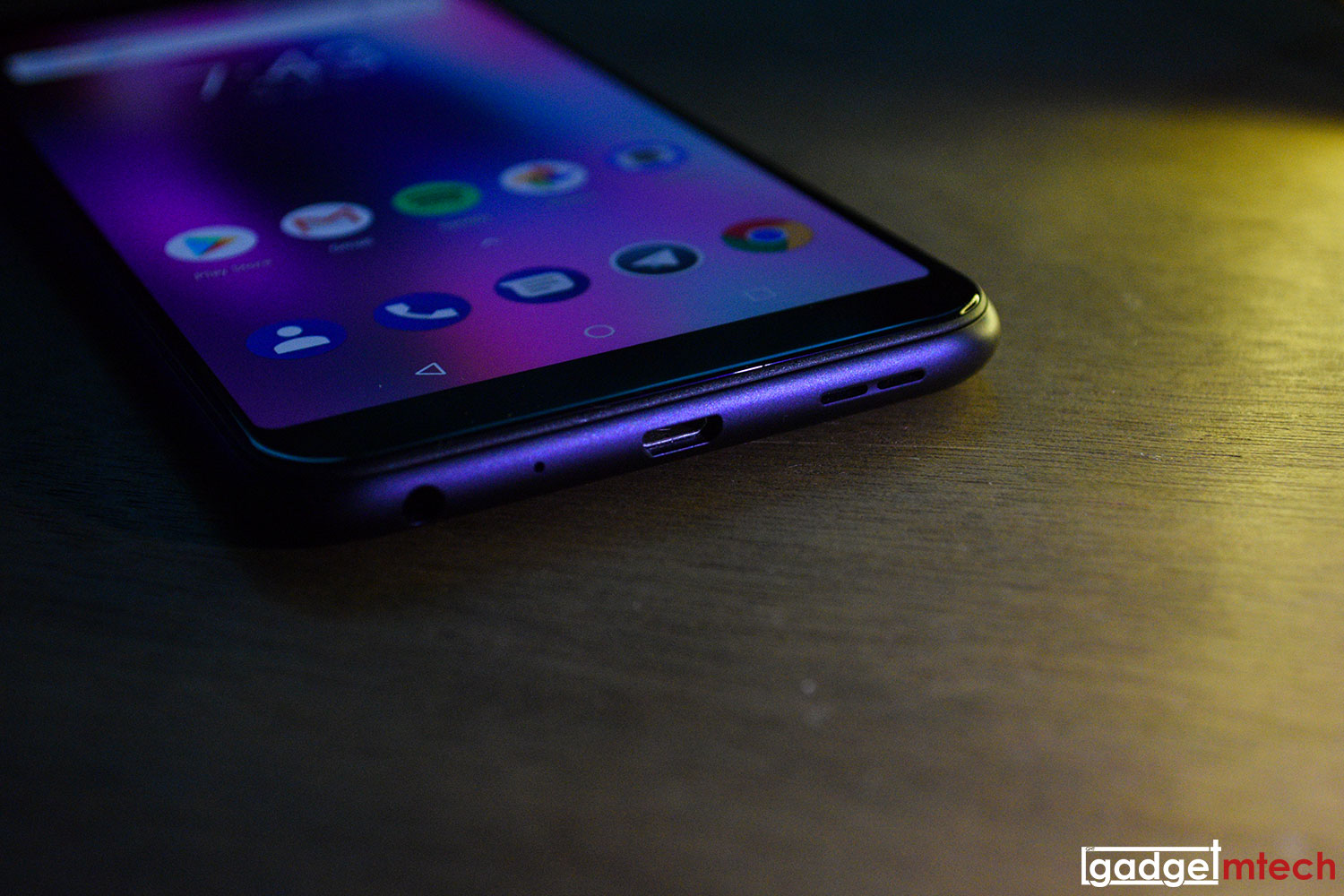
The bottom of the phone houses the 3.5mm audio jack, microphone, MicroUSB port, and speaker. Like I said in certain reviews, it’s already 2018 and we’re still seeing the MicroUSB port on a smartphone, not really a good sign for future. You can’t really blame ASUS, though, probably one of the reasons why the phone is so affordable.
6″ Full View 18:9 Full HD+ Display
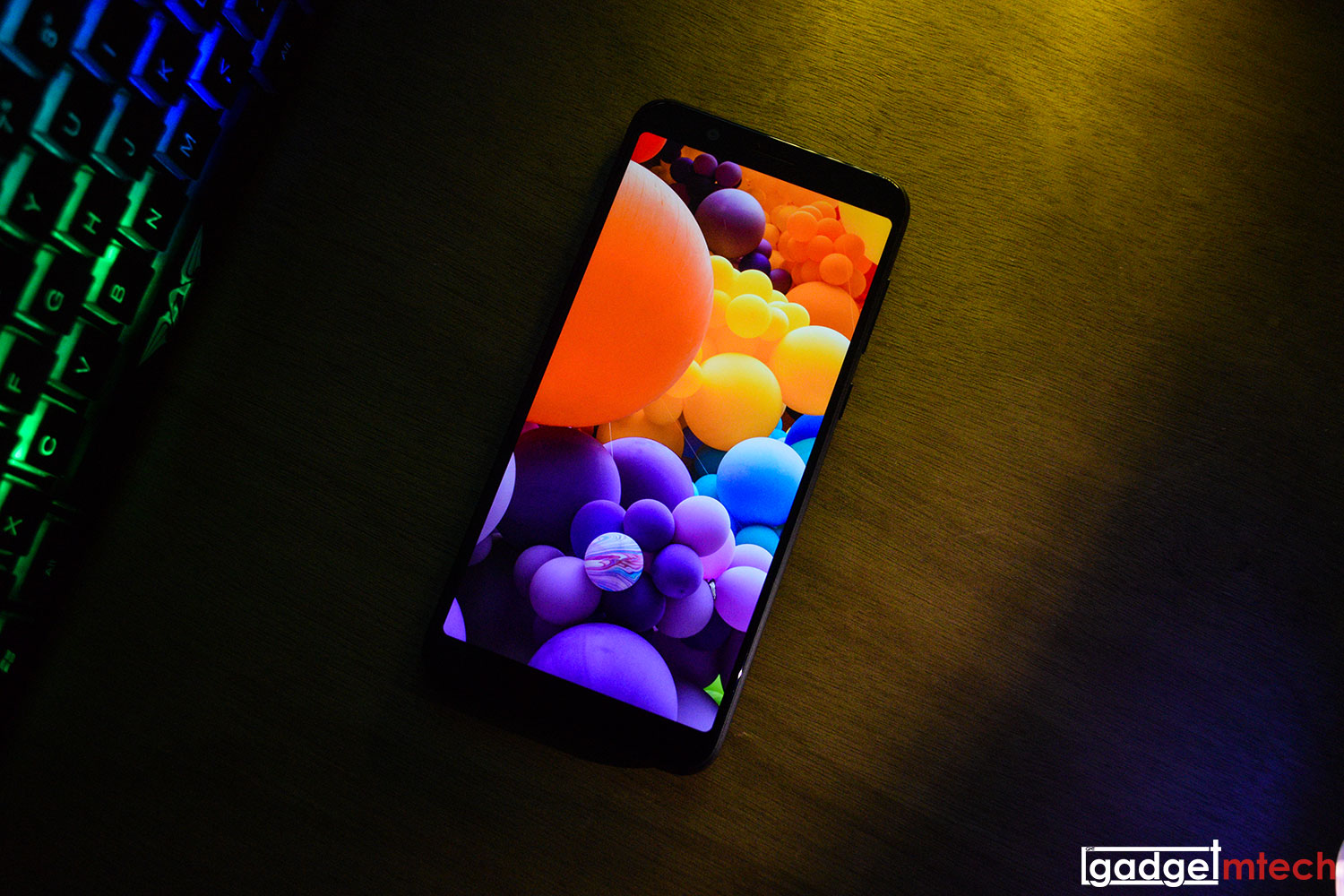
The ZenFone Max Pro (M1) sports a 6-inch Full View 18:9 Full HD+ IPS display, which has 404ppi pixel density. When I first turn on the phone, I was amazed by how good its display is despite at such affordable price point. The color temperature tends to be on the warmer side with good color saturation. For sure, it still can’t beat Samsung’s Super AMOLED display, but I can say it has the best display at this price range.
Qualcomm Snapdragon 636 Processor

There are quite a few variants of ZenFone Max Pro (M1) with different memory configurations, but all of the variants are powered by the Qualcomm Snapdragon 636 processor. My review unit is the base model, which has 3GB RAM and 32GB storage.
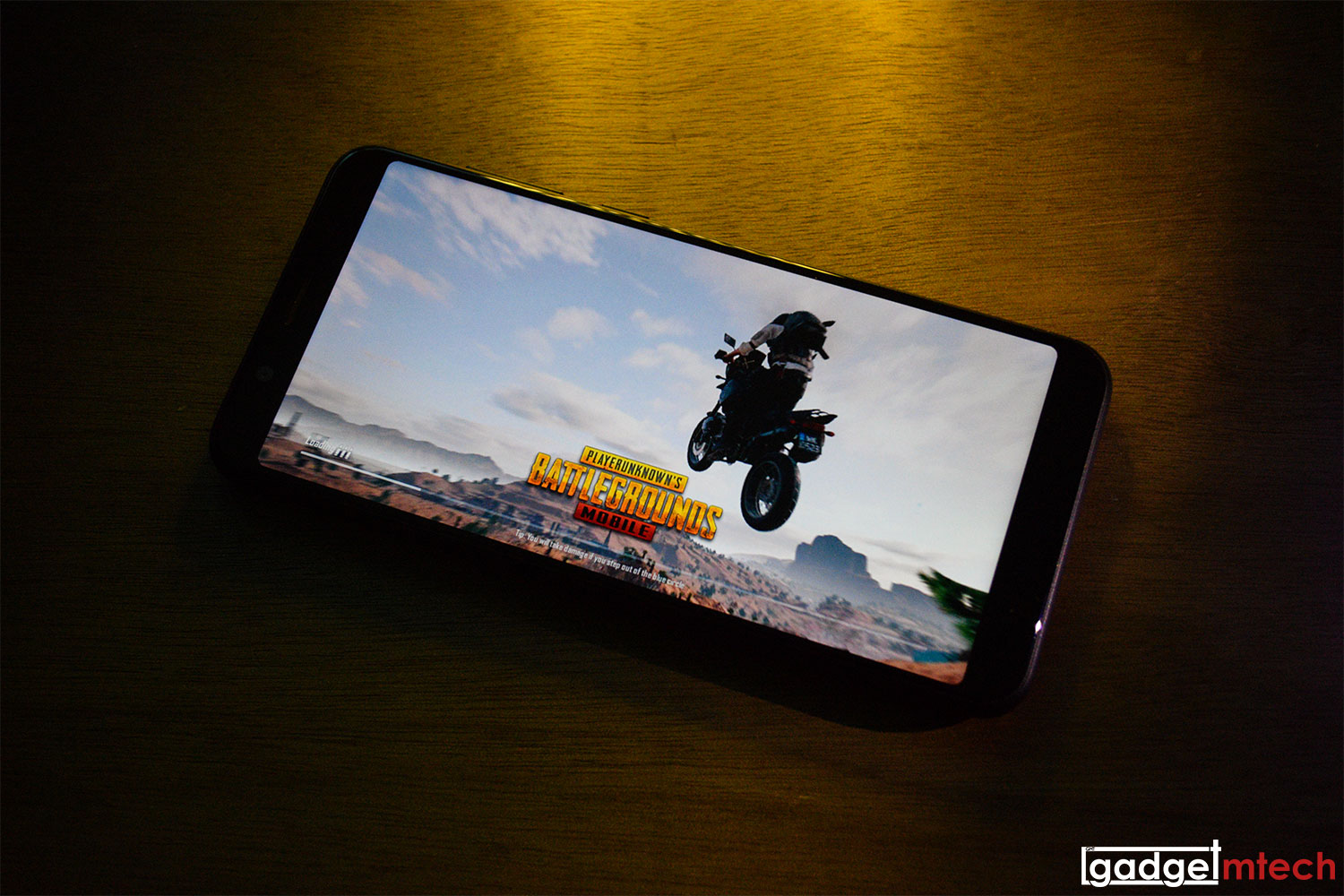
Playing games like PUBG Mobile and Rules of Survival won’t be a big problem, though the best gaming experience in middle graphics settings. Plus, thermal management is quite good on this phone, most of the time the phone is kept at comfortable temperature. In fact, I don’t recall the phone ever becomes hot, except when you are charging.
Overall, Snapdragon 636 is a really good processor in terms of performance and power efficiency. More on the battery life later. If you want a smoother experience, for sure having 4GB or even 6GB RAM is better, but so far I’m still okay with the 3GB RAM model.
Pure Android

One of the highlights of this phone is its software. The phone runs on pure Android 8.1 Oreo, which doesn’t have any modifications on the user interface. That’s been said, you’ll get the similar user experience as the Pixel 2/Pixel 2 XL.
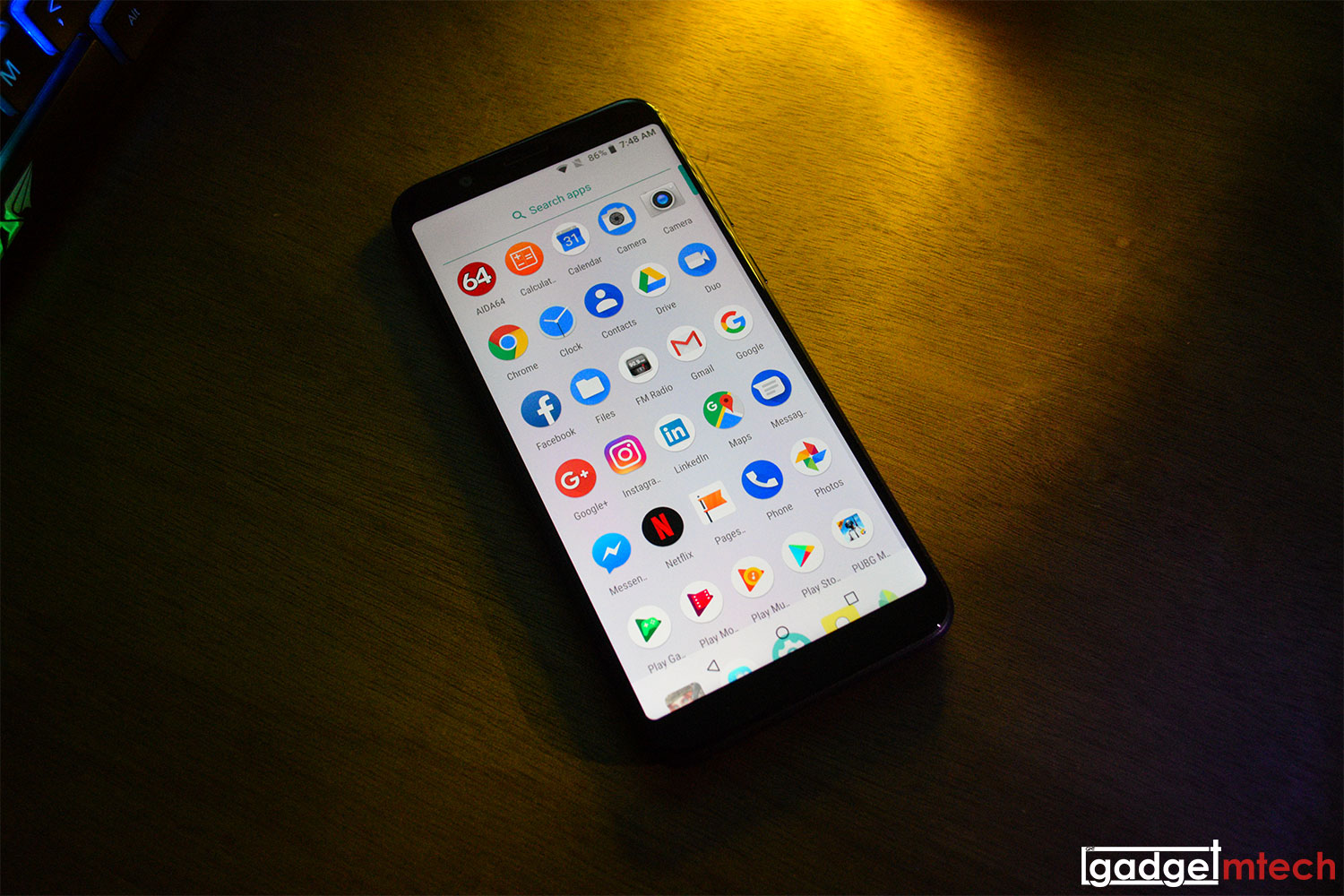
You can swipe up from the home screen open the app drawer and scroll up and down to find your installed apps. Long press the app icon will show you the quick shortcuts or notifications, though some apps don’t actually support that.
Features like Split Screen and Picture-in-Picture are also available if you want to do two things at once. I also find that the Autofill feature is quite useful, which helps a lot when I first logged in to my social media apps.
Overall, the user interface runs buttery smooth without much hiccups or lags. I’m a fan of pure Android experience and really glad that ASUS actually did it!
Dual-Camera
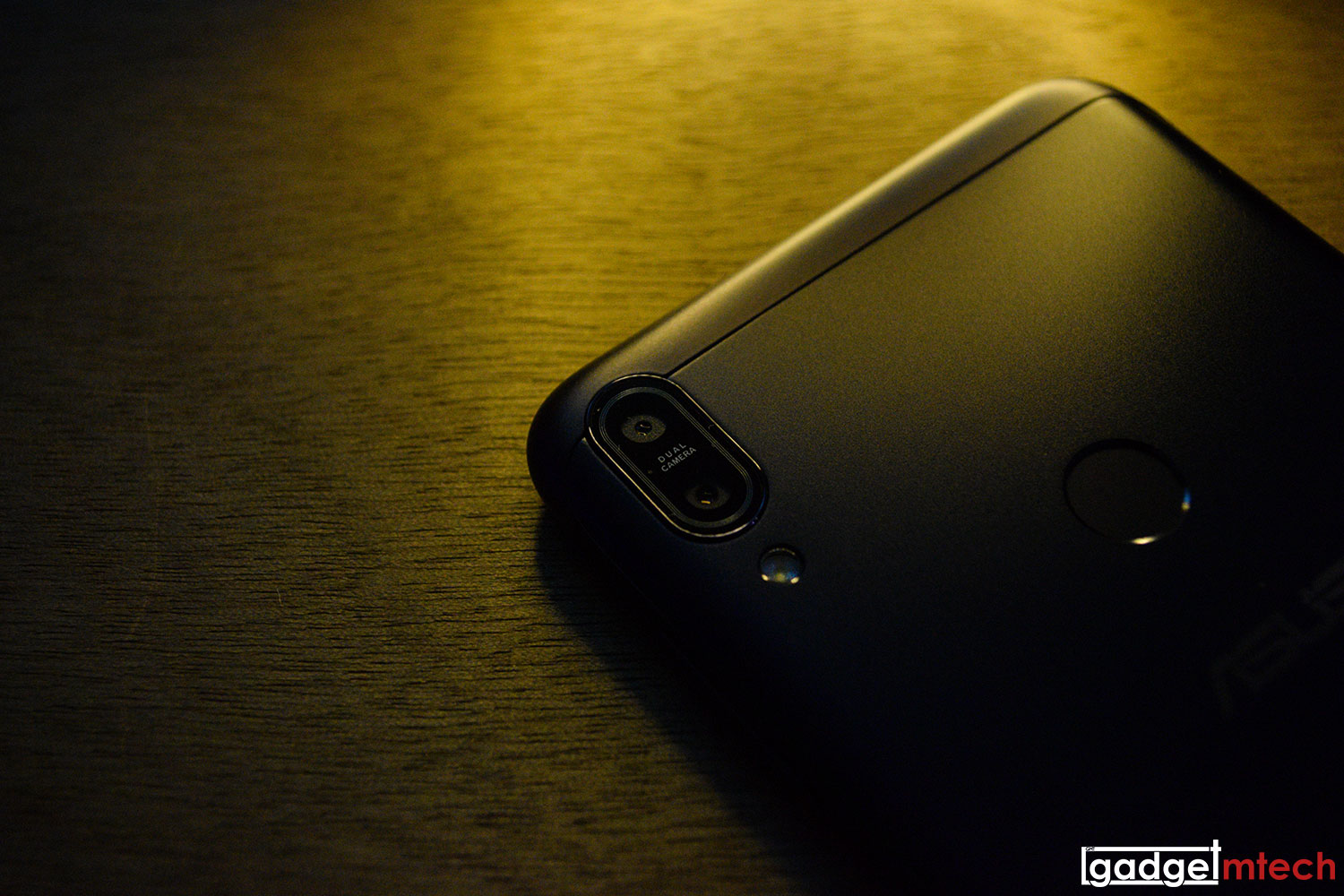
The ZenFone Max Pro (M1) comes with a dual-camera setup on its back — 13MP/16MP f/2.0 main camera + 5MP secondary depth sensor. Selfie wise, the phone has an 8MP/16MP front camera. The unit that I’m having is the base model, which has a 13MP main camera + 5MP depth sensor and 8MP front camera.
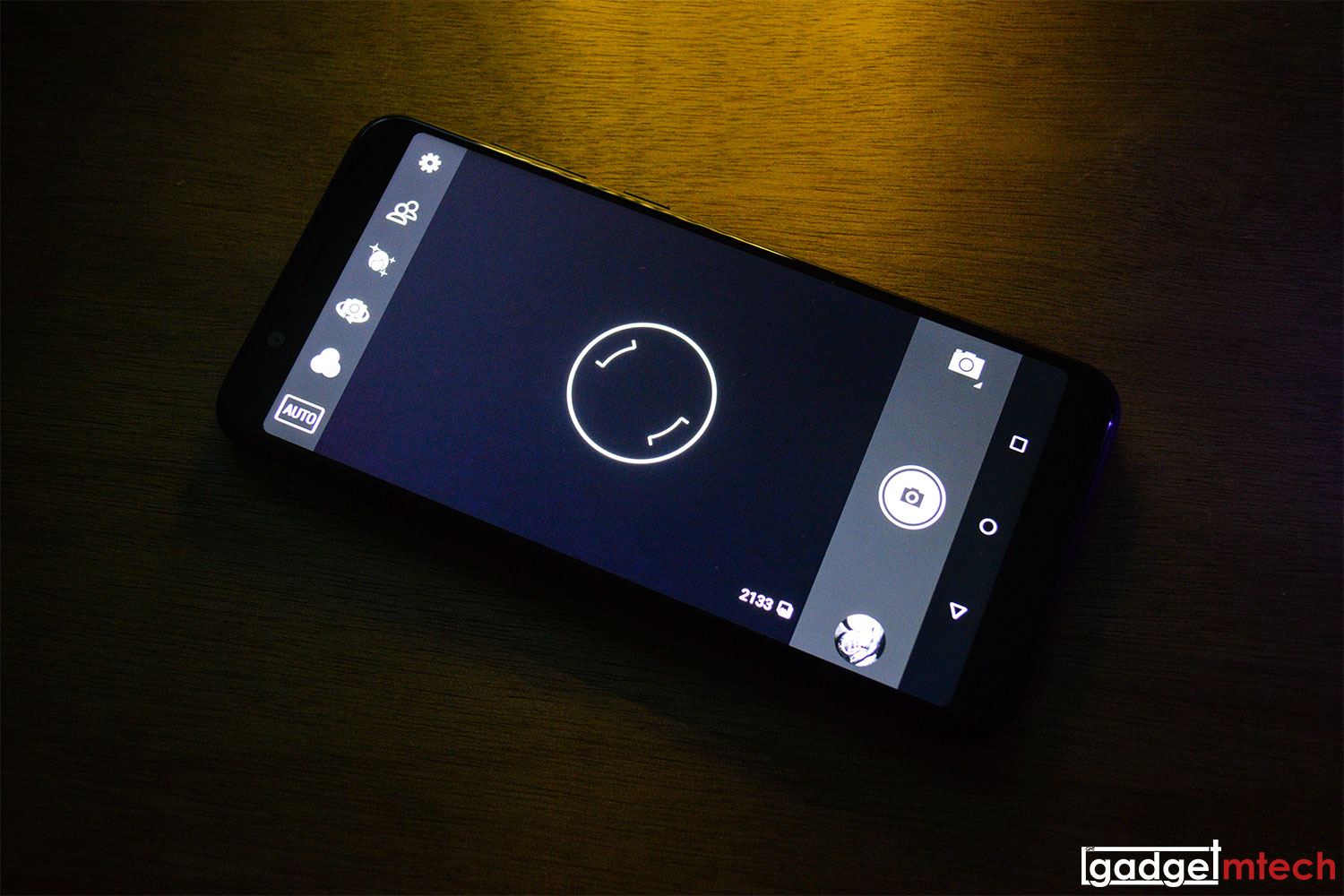
It uses the Snapdragon camera app, which is quite slow and not user-friendly in my opinion. The phone appears to have a very slow focusing speed and shutter lag when I want to take a photo. Fortunately, you can always download third-party camera app. In my case, I’ve downloaded the Nokia camera APK and the experience is better.
Despite having bad camera interface experience, image quality is actually quite good with good amount detail and surprisingly decent low-light shots. Thanks to the secondary 5MP depth sensor, Portrait mode actually works quite well, but sometimes there’ll be some imperfections.
5,000mAh Battery
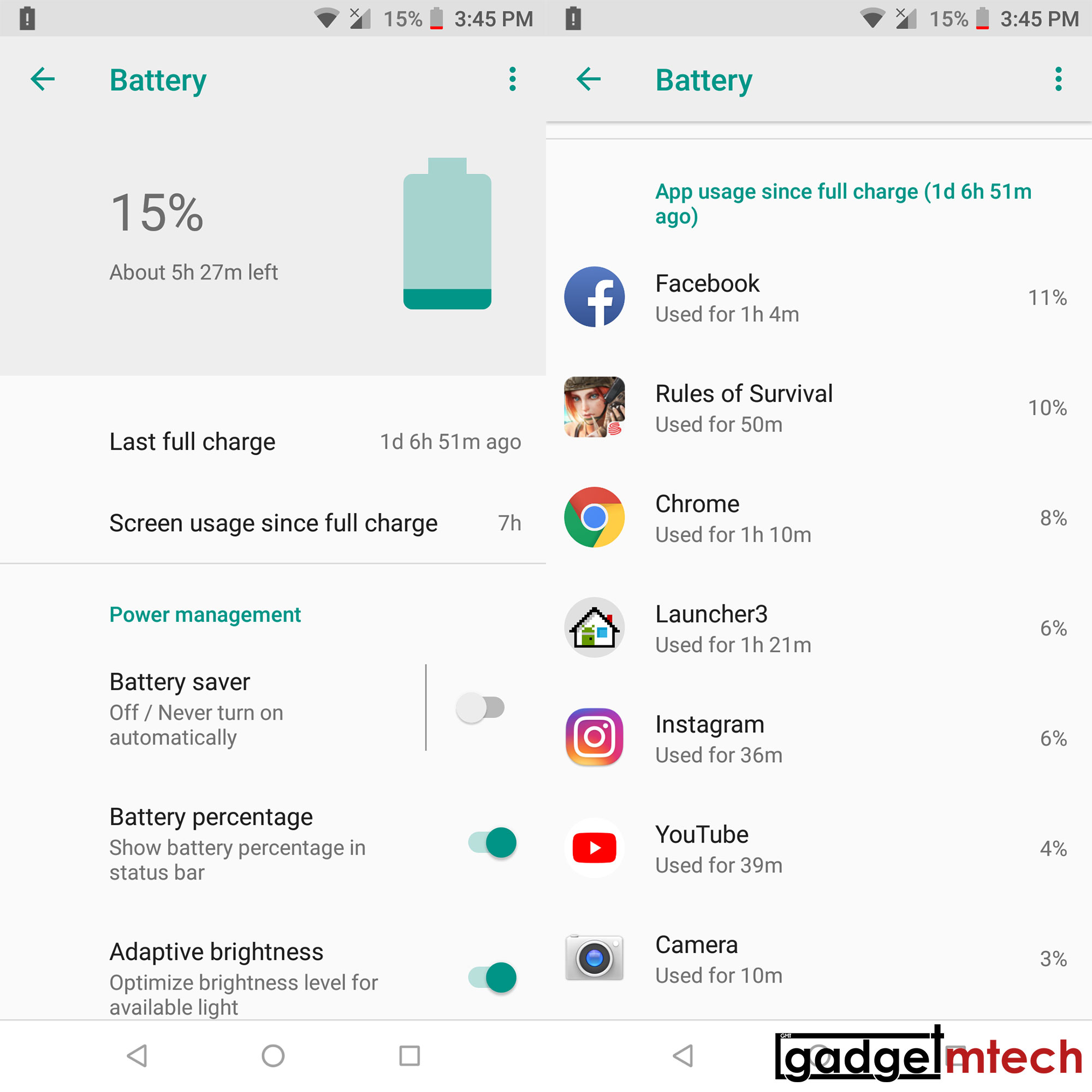
The ASUS ZenFone Max Pro (M1) packs a massive 5,000mAh battery, which should provide you up to 12 hours of gaming time. Based on my usage, I was able to last through a day or two easily with 7 hours of screen-on-time. That’s better than most smartphones available in the market right now. In fact, I believe it has the best battery life in a smartphone. You don’t really need to worry about its battery life even when you are playing games. I’ve tried playing a match of PUBG Mobile and the battery only dropped less than 5%, which means you should be able to play around 20 matches of PUBG Mobile continuously, that’s at least 10 hours of gameplay if you are not a noob.
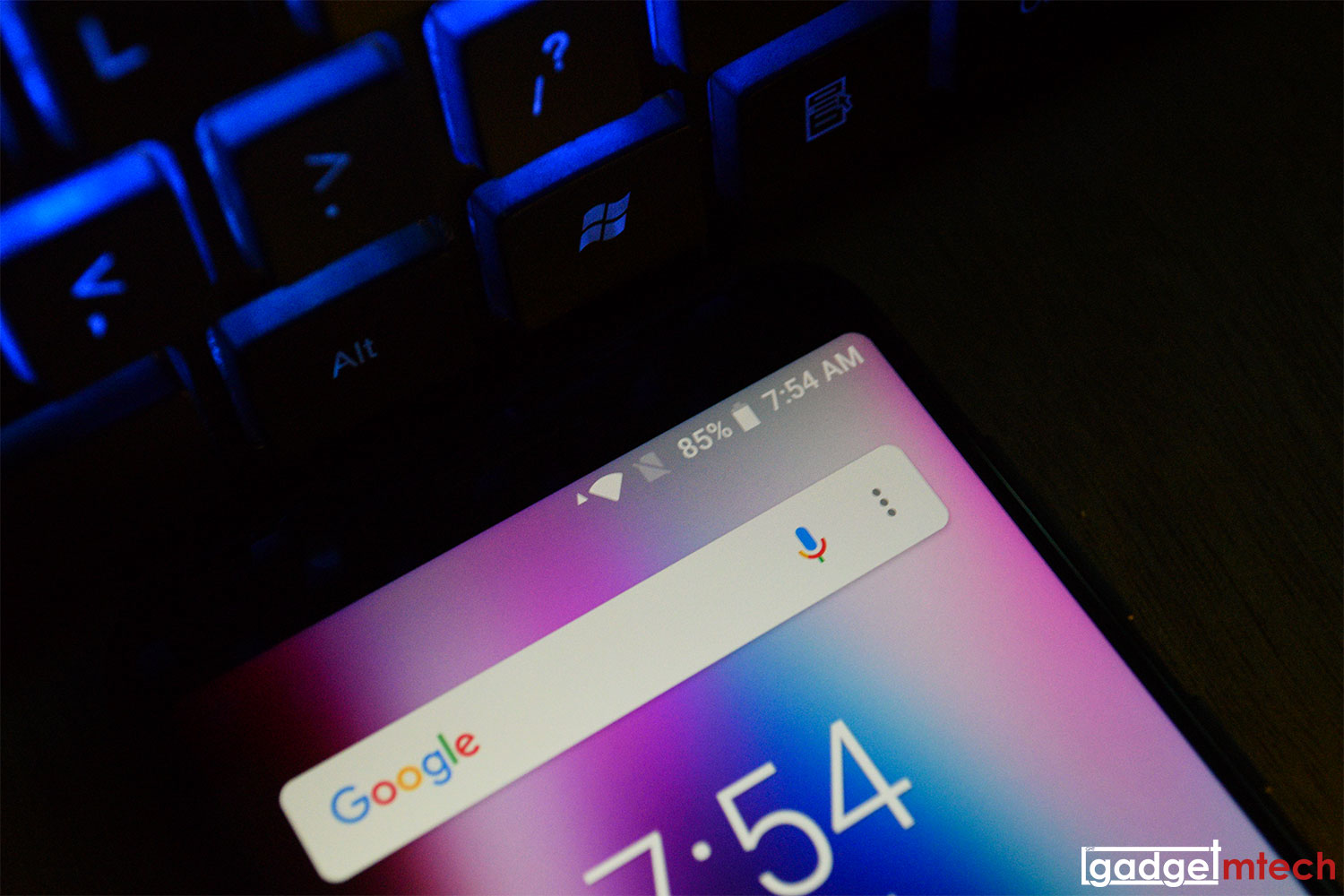
Unfortunately, the phone doesn’t support Quick Charge 3.0, which means charging this phone will definitely take a long time. Charging the phone from 20% to full took me 2 hours 36 minutes, that’s longer than most phones. It’s not a bad thing, though, as fast charging tends to wear out the battery quickly. Furthermore, the phone actually has a pretty impressive battery life, I guess you’ll only need to charge it when you are sleeping at night.
Final Words

The ASUS ZenFone Max Pro (M1) is available in three variants and prices are as shown below:
- 3GB RAM + 32GB storage: RM699
- 4GB RAM + 64GB storage: RM849
- 6GB RAM + 64GB storage: RM999
It’s really hard to believe that the phone is actually that affordable! The ZenFone Max Pro (M1) pretty much nailed it nearly in all aspects. It has a good screen, impressive performance with high power efficiency, pure Android that is buttery smooth, and long-lasting battery life. This truly is a smartphone that can achieve limitless gaming!
Yay
- Impressive performance
- Runs on pure Android
- Amazing battery life
- Affordable
Nay
- No USB-C port
- Nonuser-friendly camera app
- Slow charging speed